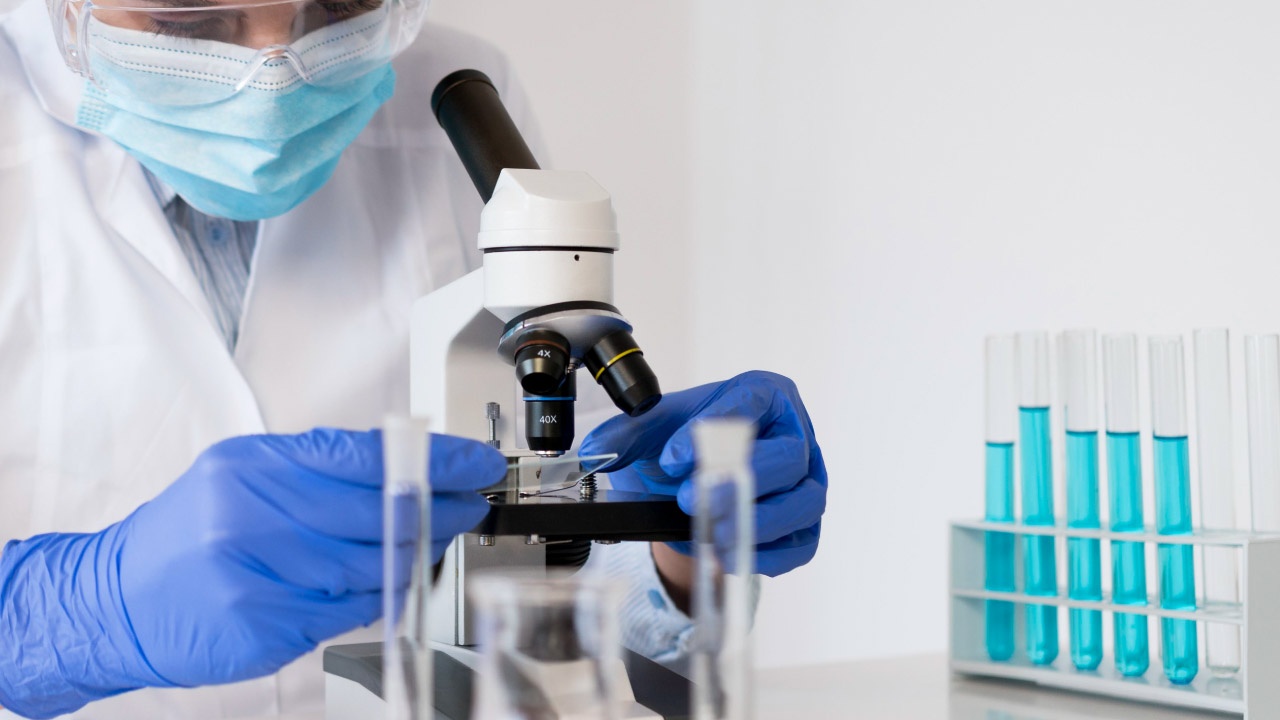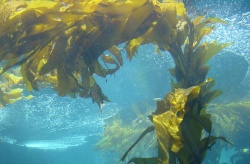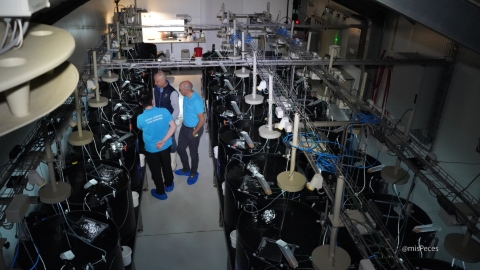
The marine environment offers a wealth of natural compounds, and when combined with nanotechnology, these resources enable the development of advanced cancer therapies. This innovative approach enhances the efficacy and stability of treatments, while reducing toxicity and improving the bioavailability of therapeutic compounds.
In this context, researchers in medical biotechnology are exploring bioactive compounds found in seaweeds and aquatic microorganisms. These include polyphenols, flavonoids, and alkaloids, which exhibit anticancer activity by inducing apoptosis, inhibiting cell proliferation, and modulating molecular pathways linked to cancer progression.
One such compound is phloroglucinol, a phenolic substance derived from Rosenvingea intricate, a species of brown seaweed belonging to the Dictyotaceae family. This type of macroalga is commonly found in tropical and subtropical coastal areas, such as the Gulf of Mannar in India, where it was harvested for this study. Rosenvingea intricate is notable for its rich polyphenol content, particularly phlorotannis, which exhibit remarkable bioactive properties, including antioxidant, anti-inflammatory, and anticancer activities.
Phloroglucinol encapsulated in zinc oxide nanoparticles (ZnO NPs) has demonstrated promising potential in combating lung cancer. The study involved extracting and purifying phloroglucinol through column chromatography, followed by its characterization using advanced techniques such as FTIR, HPRLC, NMR, and LC-MS.
The zinc oxide nanoparticles were synthesized using chemical precipitation methods and subsequently functionalised with polyethylene glycol (PEG) to enhance their stability and biocompatibility incorporating phloroglucinol into these nanoparticles significantly increased their antioxidant and anticancer potential, as evidenced by in vitro testing.
The result revealed that nanoparticles exhibit significant cytotoxic effects against A549 lung cancer cells, with an effective dose (IC50) lower than that of pure phloroglucinol or unfunctionalised nanoparticles. Furthermore, tests showed that these nanoparticles induce apoptosis, arrest the cell cycle, and generate reactive oxygen species (ROS), thereby reinforcing their therapeutic action.
This interdisciplinary approach combines the bioactive properties of natural compounds with the advantages of nanotechnology, achieving greater stability, bioavailability, and treatment specificity, while minimising side effects. The study highlights the potential of integrating natural compounds with advances techniques to develop more effective cancer therapies.



